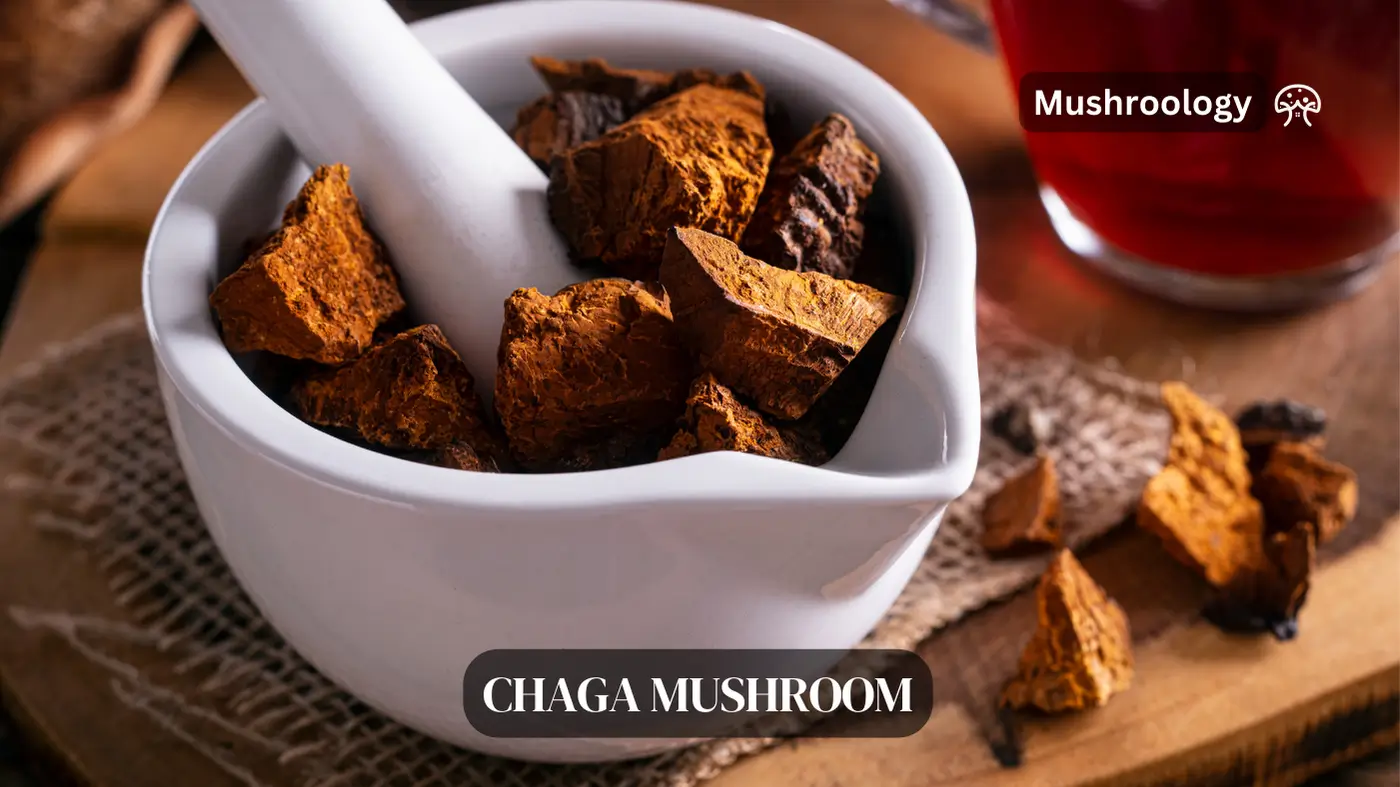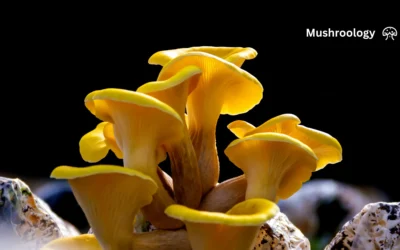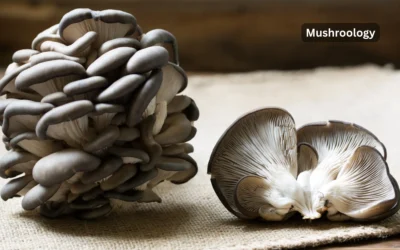Let’s talk about chaga mushrooms – that weird, burnt-looking growth on birch trees that’s actually one of nature’s most powerful immune boosters. I’ve been researching and using chaga for years, and I’m going to tell you everything you need to know, including the stuff other articles gloss over.
What is chaga mushroom and why should you care?
Chaga mushroom (Inonotus obliquus) isn’t your typical mushroom. It looks like someone glued a chunk of charcoal to a birch tree. But here’s the thing – this ugly fungus is packed with more antioxidants than almost any other natural food on the planet.
Quick facts about chaga mushroom:
- Has been used medicinally for over 500 years resembles burnt charcoal.
- Grows mainly on birch trees in cold climates (Siberia, Alaska, Northern Canada)
- Takes 3-5 years minimum to mature
- Contains the highest ORAC score (antioxidant level) of any superfood
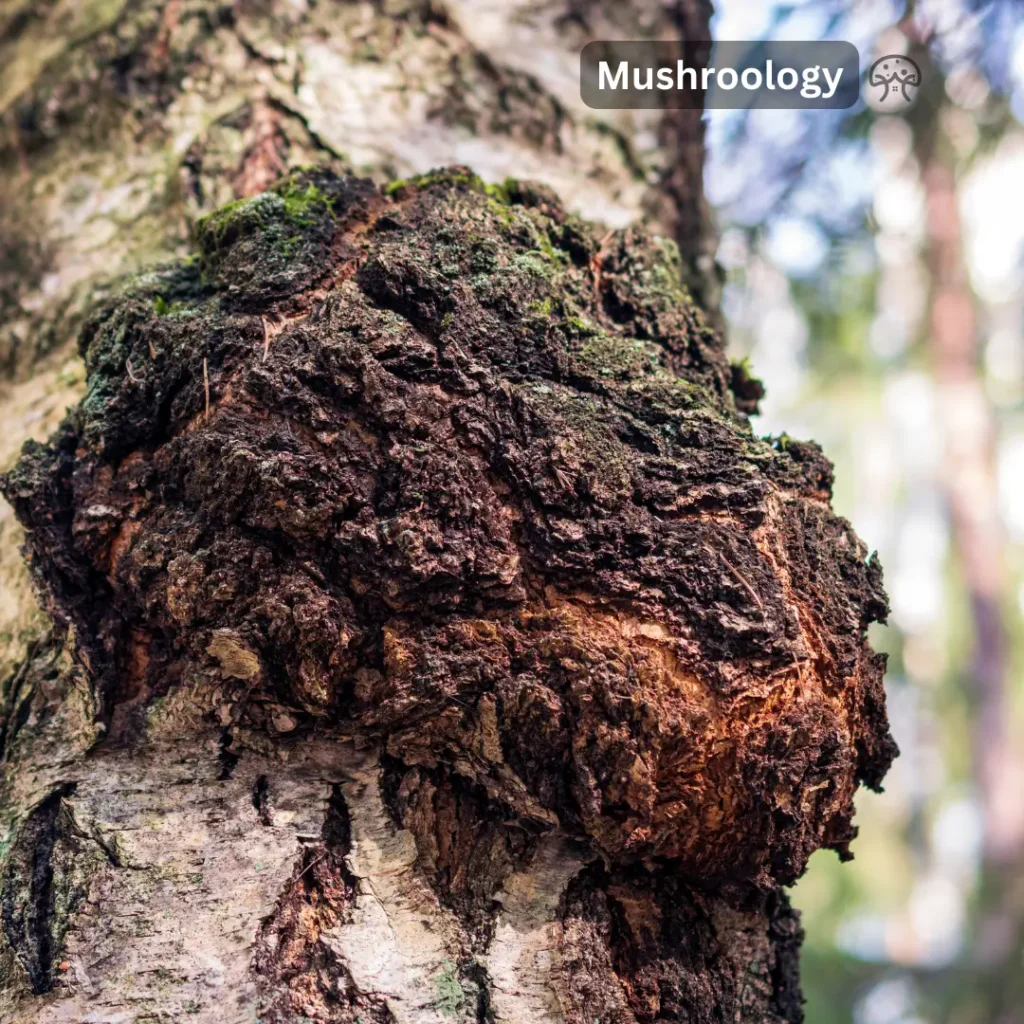
Chaga mushroom immune system benefits (backed by science)
How chaga mushroom boosts your immune system
Here’s what makes chaga mushroom such a powerful immune booster:
Beta-glucans: These are the real stars. Chaga contains 29% beta-glucans (way more than most medicinal mushrooms). These compounds literally train your immune cells to work better. Studies show beta-glucans can increase white blood cell production by up to 30%.
Polysaccharides: Work alongside beta-glucans to activate macrophages (your body’s cleanup crew) and natural killer cells.
Betulinic acid: Unique to birch trees and chaga, this compound has antiviral properties that help your immune system fight infections.
I started taking chaga tea daily during flu season three years ago, and I’ve noticed I get sick way less often. But that’s just my experience – let’s look at what else chaga can do.
Chaga mushroom for weight loss – does it actually work?
This is what everyone’s asking about, so let’s address it honestly. Can chaga mushroom help with weight loss? The answer is… maybe, but not in the way you think.
What the research actually says about chaga and weight loss
The science:
- A 2019 study on mice showed chaga reduced body weight and fat when combined with fermented foods
- Chaga contains betulinic acid, which may help reduce fat storage
- The high fiber content (about 20%) can help you feel fuller longer
The reality: Chaga mushroom isn’t a magic weight loss pill. It won’t melt fat off your body. What it might do:
- Support healthy metabolism through better blood sugar regulation
- Reduce inflammation that can interfere with weight loss
- Provide a zero-calorie alternative to sugary drinks
If you want to use chaga tea for weight loss, drink it instead of juice or soda. That simple swap alone could help you lose weight – not because chaga is magical, but because you’re cutting calories.
Chaga mushroom and inflammation – a natural solution
Chronic inflammation is linked to basically every major disease. Here’s how chaga mushroom helps with inflammation:
Anti-inflammatory compounds in chaga:
- Betulinic acid: Reduces inflammatory markers by up to 40% in studies
- Inotodiol and trametenolic acid: Target specific inflammation pathways
- Melanin: The dark pigment in chaga has anti-inflammatory properties
Real-world application: Many people with arthritis report less joint pain after taking chaga regularly. While we need more human studies, the anti-inflammatory effects are well-documented in lab research.
Chaga mushroom interactions and safety concerns
Let’s address the elephant in the room – is chaga safe for everyone? Short answer: no. Here’s what you need to know:
Chaga mushroom medication interactions
Blood thinners (warfarin, aspirin, etc.): Chaga can enhance blood-thinning effects. If you’re on these medications, DO NOT take chaga without talking to your doctor first.
Diabetes medications: Chaga mushroom can lower blood sugar. Combined with diabetes meds, it might drop your blood sugar too low. Monitor closely and adjust medications with your doctor.
Immunosuppressants: Since chaga boosts immune function, it can interfere with drugs designed to suppress your immune system
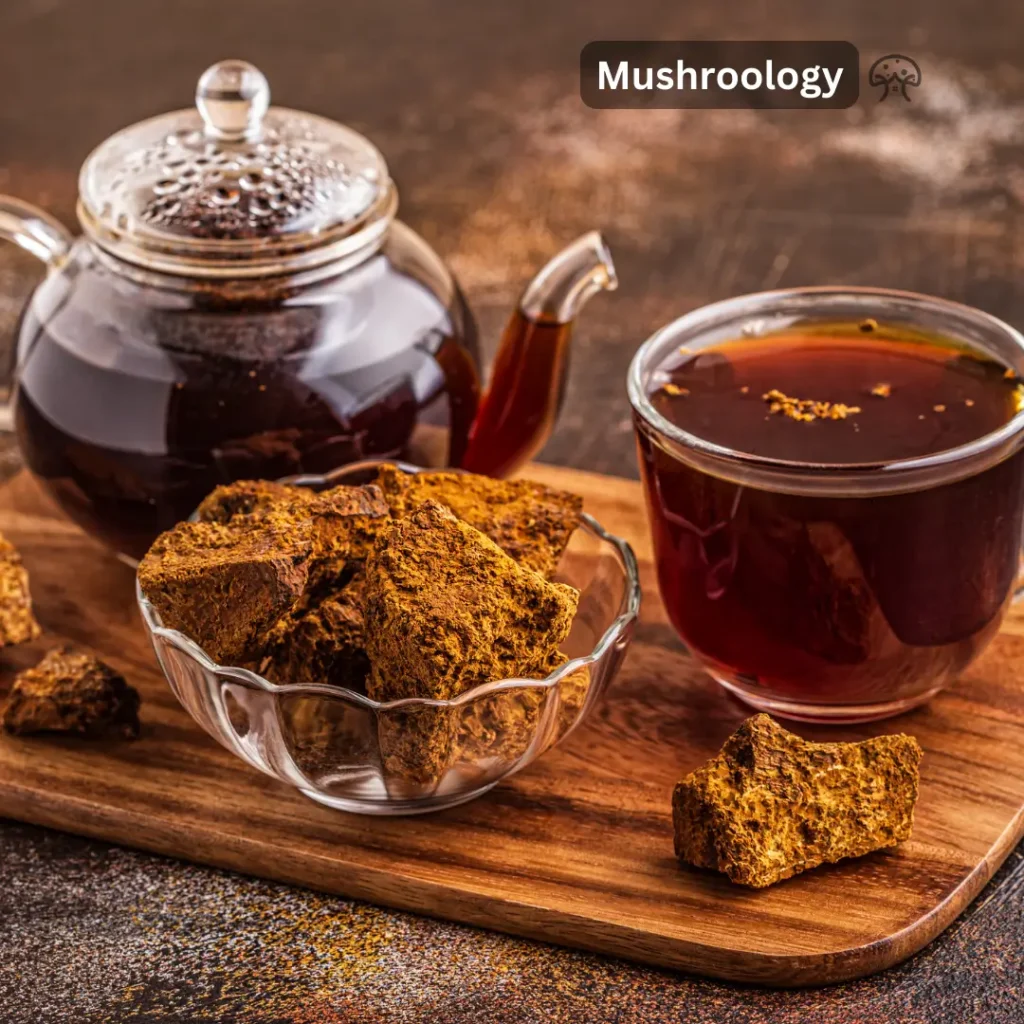
Chaga tea and pregnancy – is it safe?
The honest answer: We don’t know. There are zero studies on chaga tea during pregnancy. Most herbalists recommend avoiding it while pregnant or breastfeeding. Why risk it?
Chaga oxalate content – kidney stone concerns
This is important: chaga mushroom contains high levels of oxalates. One study found chaga powder contained 14.2 mg/g of oxalates. That’s really high.
Who should be concerned:
- People with a history of kidney stones
- Those with kidney disease
- Anyone on a low-oxalate diet
Safe consumption guidelines:
- Limit to 1-2 cups of chaga tea daily
- Don’t use super concentrated extracts
- Take breaks (use for 3 months, break for 1 month)
How to prepare and consume chaga mushroom
Making chaga tea (the right way)
Most people make chaga tea wrong. Here’s the proper method:
- Use chunks, not powder for tea (powder is for other uses)
- Simmer, don’t boil – 140-160°F is ideal (80°C max)
- Go low and slow – simmer for at least 45 minutes, up to 3 hours
- Reuse the chunks – you can brew the same chunks 3-5 times
Pro tip: Make a big batch and store it in the fridge for up to 5 days.
Chaga powder dosage and usage
Standard dosage:
- Start with 1/2 teaspoon (about 1 gram) daily
- Work up to 1-2 teaspoons maximum
- Mix into coffee, smoothies, or oatmeal
Timing matters: Take chaga in the morning or afternoon. Some people find it too energizing for evening use.
Chaga tinctures – concentrated benefits
Tinctures extract different compounds than water alone. A dual-extraction tincture (alcohol and water) gives you the full spectrum of benefits.
Tincture dosage:
- 1-2 ml (about 30-60 drops) twice daily
- Can add to water, tea, or take directly
Sustainable chaga harvesting and growing chaga mushrooms
Here’s something most articles won’t tell you: you can’t really grow chaga mushrooms at home. Anyone claiming otherwise is misleading you.
Why growing chaga mushrooms is nearly impossible
- Takes 3-5 years minimum to form
- Requires live birch trees
- Needs specific climate conditions (cold winters)
- Success rate for cultivation is extremely low
Where do chaga mushrooms grow naturally?
Chaga grows on birch trees in:
- Russia (Siberia)
- Northern Canada
- Alaska
- Northern USA (Minnesota, Maine, etc.)
- Scandinavia
Sustainable harvesting practices
If you’re going to harvest wild chaga:
- Never take it all – leave at least 30% on the tree
- Only harvest from trees over 8 inches diameter
- Use proper tools – don’t damage the tree
- Follow local regulations – many areas restrict harvesting
- Better yet – buy from sustainable sources
Chaga mushroom nutrients and compounds
Let’s break down what’s actually in chaga that makes it so beneficial:
Key nutrients in chaga mushroom:
- Beta-glucans: 29% (immune support)
- Melanin: 25% (antioxidant, DNA protection)
- Betulinic acid: 2.5% (anti-inflammatory, antiviral)
- Polysaccharides: 35% (immune modulation)
- Superoxide dismutase (SOD): Highest of any food
- Zinc, iron, manganese, potassium
Other chaga mushroom health benefits
Chaga for liver health
Studies show chaga can:
- Protect liver cells from oxidative damage
- Support liver detoxification pathways
- Reduce fatty liver disease markers in animal studies
Chaga and blood pressure
Does chaga lower blood pressure? Some evidence suggests it might:
- Contains compounds that relax blood vessels
- Anti-inflammatory effects support cardiovascular health
- May help reduce LDL cholesterol
Important: If you’re on blood pressure medication, monitor closely when starting chaga.
Chaga mushroom and diabetes
Research shows chaga may help with type 2 diabetes by:
- Improving insulin sensitivity
- Reducing blood glucose levels
- Protecting pancreatic cells
Note: Always work with your doctor to adjust diabetes medications if using chaga.
Frequently asked questions about chaga mushroom
How much chaga tea should you drink per day? Start with 1 cup daily, work up to 2-3 cups maximum. More isn’t always better due to oxalate content.
Does chaga work immediately? No. Most people notice benefits after 2-4 weeks of consistent use. Immune benefits may take 6-8 weeks to fully develop.
Can chaga mushroom help with cancer? Lab studies show anti-cancer properties, but there’s no evidence chaga cures cancer in humans. It may support overall health during treatment, but always consult your oncologist.
Is chaga good for autoimmune conditions? It’s complicated. Since chaga boosts immune function, it could theoretically worsen autoimmune conditions. Consult your doctor first.
Does chaga interact with chemotherapy? Possibly. Some compounds in chaga might interfere with certain chemo drugs. Always tell your oncologist about any supplements.
What does chaga do to your body? Primarily: boosts immune function, provides antioxidants, reduces inflammation, and may support metabolic health.
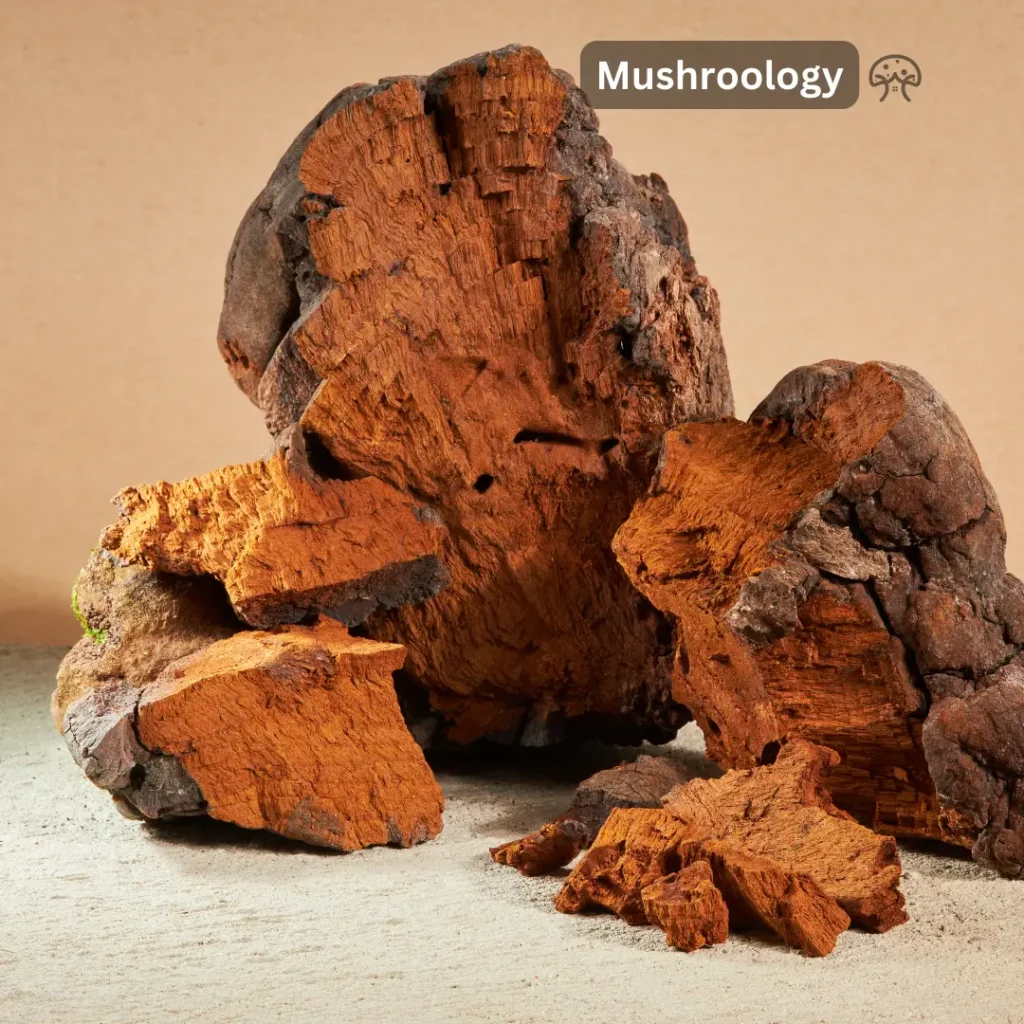
The bottom line on chaga mushroom benefits
Chaga mushroom is a legitimate superfood with real benefits, especially for immune support and inflammation. But it’s not a miracle cure, and it’s definitely not for everyone.
Who should try chaga:
- People looking for immune support
- Those dealing with inflammation
- Anyone wanting more antioxidants
- People interested in traditional remedies
Who should avoid chaga:
- Anyone on blood thinners
- People with kidney stones
- Pregnant or breastfeeding women
- Those with autoimmune conditions (without doctor approval)
Start slow, pay attention to how your body responds, and always buy from reputable sources. And remember – no supplement replaces a healthy diet and lifestyle.
Got questions about chaga mushroom? Drop them below. I’ve been researching this stuff for years and happy to help clarify anything!

